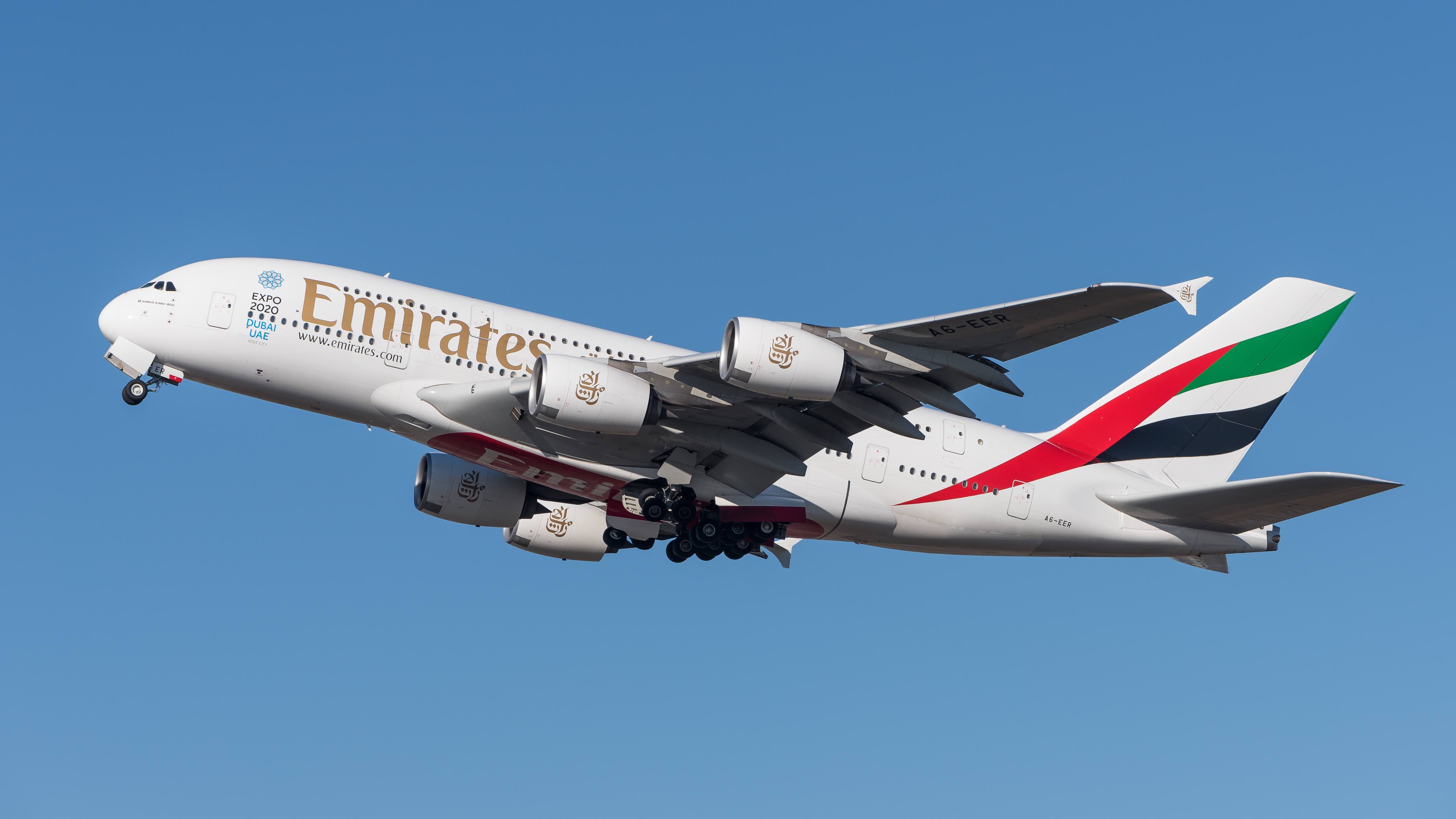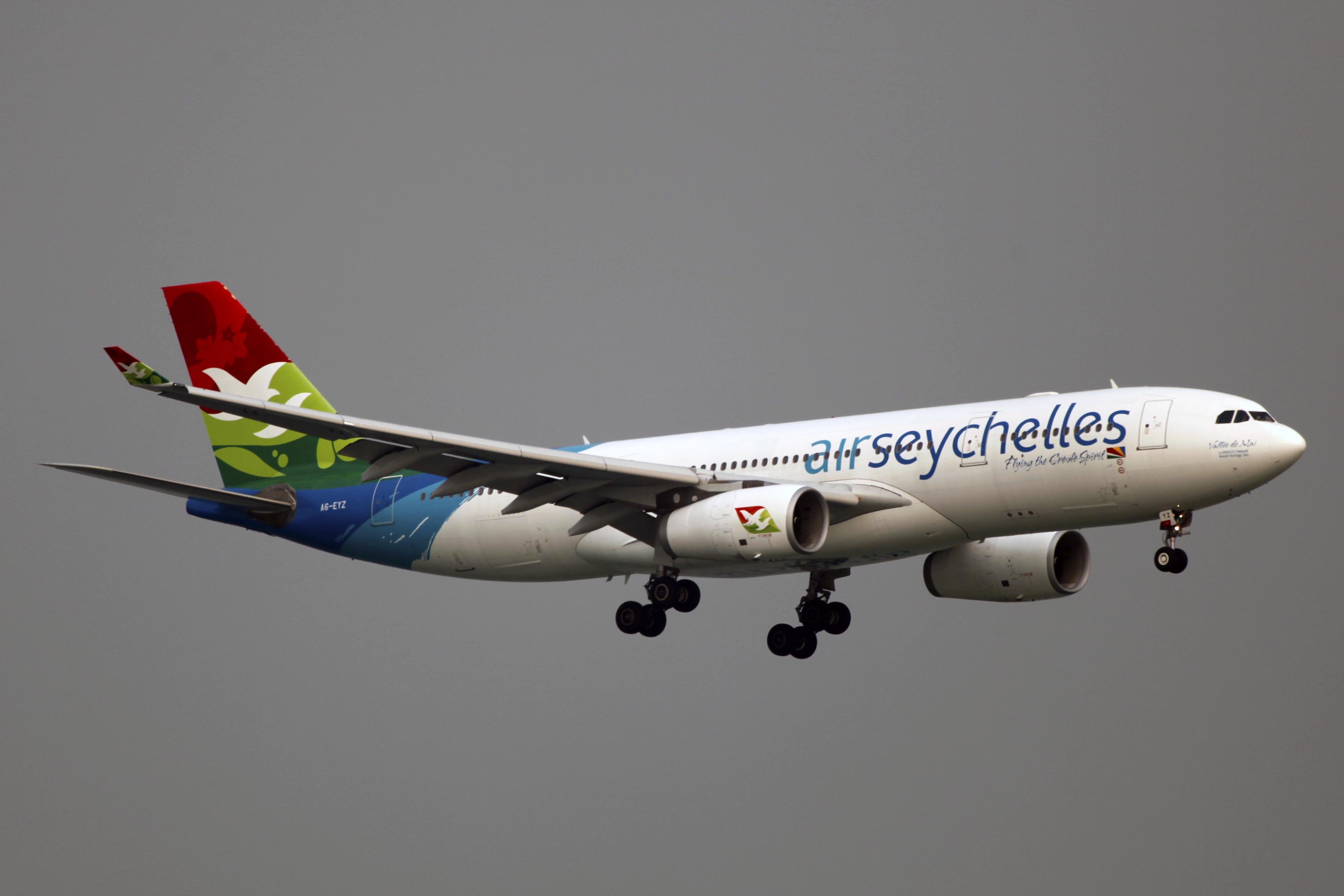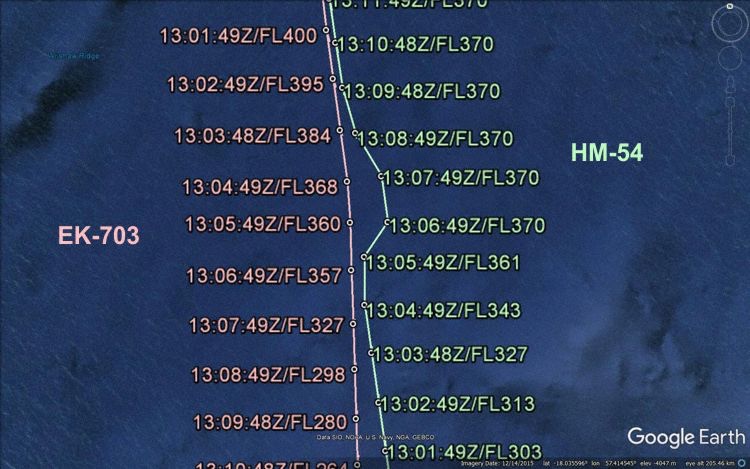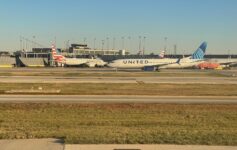On the heels of a near-miss at San Francisco International Airport by an Air Canada A320 that could have been the “worst disaster in aviation history”, an Emirates A380 came dangerously close to an Air Seychelles A330 just north of Mauritius.


The Emirates A380 was traveling south from Dubai and had been cleared to descend as it approached Mauritius. It reported a flight level of 36,000 feet. Meanwhile, an Air Seychelles A330 was flying in the opposite direction from Mauritius to the Seychelles at a flight level of 38,000 feet.
Turns out the Emirates pilot reported an incorrect altitude and was also at 38,000 feet. The Air Mauritius captain spotted the A380 after a Traffic Collision Avoidance System alert was initiated. Making a sharp turn, the Air Seychelles captain avoided a collision as the two aircrafts zoomed by each other less than nine miles another. As a reminder, an Emirates A380 cruises at 560mph so nine miles takes under a minute.

Air Seychelles proudly commended their captain and first officer for avoiding what could have been a horrible tragedy:
We commend our Captain Roberto Vallicelli and Seychellois First Officer Ronny Morel who were operating the HM054 flight from Mauritius to Seychelles on the evening of Friday 14 July 2017.
Their training standard and operating protocols immediately kicked in which demonstrates the extremely high standards of training which our Air Seychelles pilots attain. We highly commend them for what they have done
Indeed, we do not have an indication on flight loads, but an Emirates A380 holds up to 615 passengers and the Air Seychelles A330 277 passengers.
Emirates simply said it is investigating, but we have heard nothing further a week later.
CONCLUSION
This near-miss was not nearly as close as what happened in San Francisco, but nevertheless too close for comfort. What is comforting is that when pilots and ATC commit errors, redundant systems like Traffic Collision Avoidance System can still aid in averting tragedy.




When the Air Seychelles pilot initiated a turn at 13:05:49, the altitudes were 36,000 ft (Emirates) and 36,100 (Air Seychelles). The Emirates aircraft had descended from 40,000 ft while the Air Seychelles aircraft had ascended from 30,300 ft. Why is the number 38,000 ft being quoted as the height where this occurred? Furthermore, the two planes has already crossed (vertically). So why is Air Seychelles playing this up? The “high standards” should have kicked in before 36,000 ft, no? Also, what was the horizontal separation? Close call, no doubt.
Finally, is the airspace under Indian ATC? I seem to remember a similar incident with Etihad a few months ago.
By the way, have you seen this?! Problem with a flap.
http://www.arabianbusiness.com/content/376864-saudia-flight-lands-after-four-hours-of-circling-manchester
hello !!! can we please replay the tapes … News companies please not , the Emirates pilot was cleared to Fl380 was he not ? and told he can expect lower after passing the Air Seychelles aircraft , for which the emirates pilot cleared to desecend to Fl360 ! first misstake he quoted 260 and the ATC should have responded back with the correction, so Both ATC and Emirates were to blame for the close call,
in regard to the seperation , In general, the separation distances for aircraft in flight depends on the type of airspace and the navigation rules being applied (visual flying rules, radar, etc). These are for most civil airliners.
Below an altitude of 29,000 feet, no aircraft should come closer vertically than 300 metres or 1,000 feet, unless some form of horizontal separation is provided. Above 29,000 feet no aircraft shall come closer than 600 m (or 2,000 feet), except in airspace where Reduced Vertical Separation Minima (RVSM) can be applied.
If any two aircraft are separated by less than the vertical separation minimum, then some form of horizontal separation must exist. This distance depends, as stated above on the speed and angle of approach. Also how high the aircraft. There are also rules for “conflict” which if when two aircraft pass over the same place on the ground within a certain time of each other.
all I can say is this was way to close,considering they are using the same airway for inbound and outbound traffic,